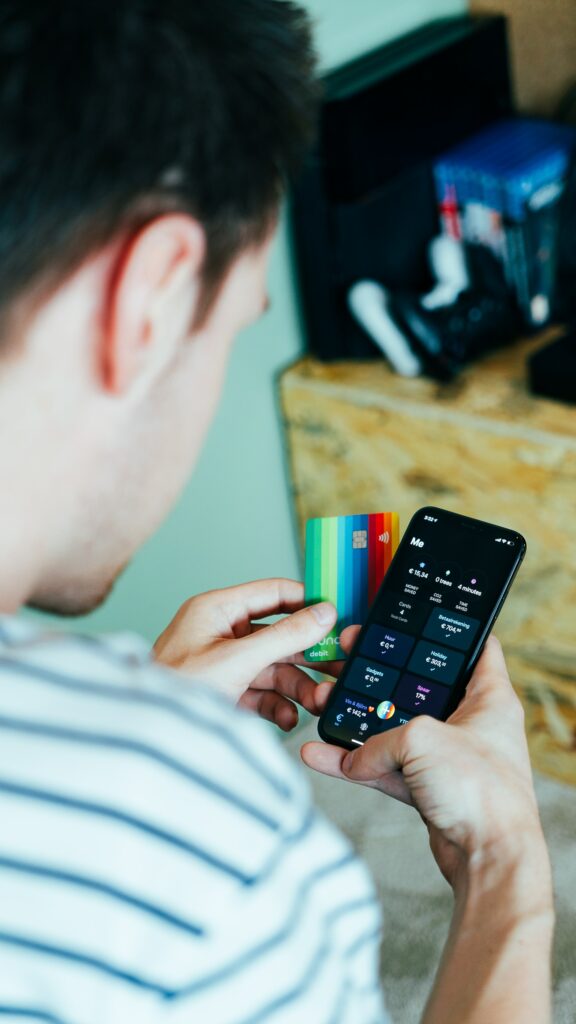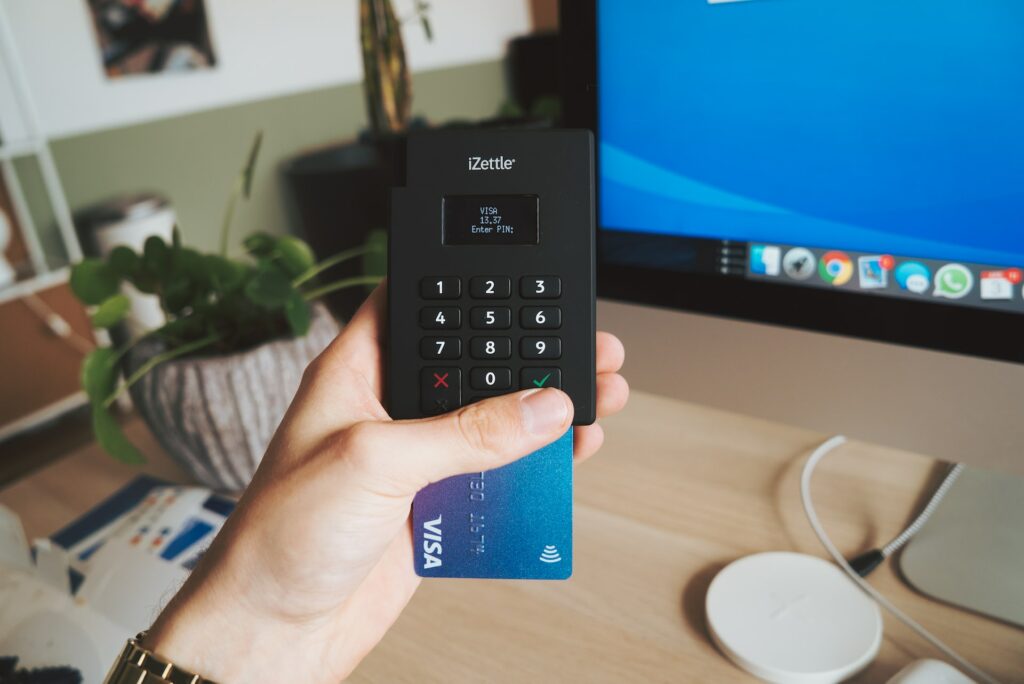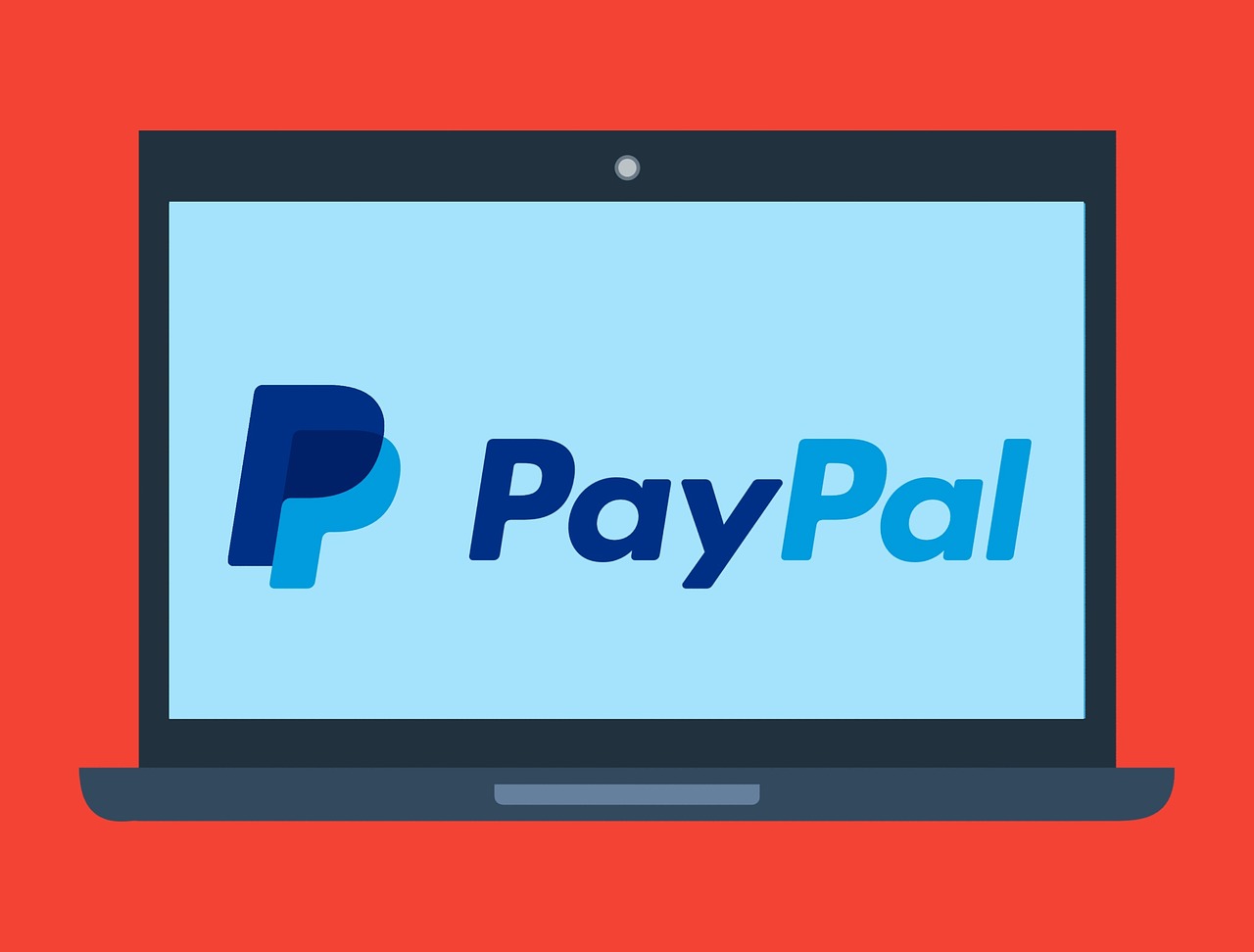You’ll likely have heard of PayPal if you’ve ever shopped online. Over the past 20 years, this digital wallet has become one of the most used virtual payment methods globally and is responsible for millions of online transactions every day.
Since the company’s launch in 1999, it has turned into a multi-million dollar business that employs around 26,000 people worldwide. Almost every online merchant accepts PayPal as a banking method, and most internet users have set up a PayPal wallet.
If you’re curious about how exactly PayPal works and how it grew to become the global powerhouse that it is today, then you’ve come to the right place. We explore how you can use PayPal in the current online sphere and examine its interesting history from the late 1990s all the way to the present day.
PayPal – How Does It Work?
As an e-wallet, PayPal allows you to store, send, and receive money online. When you create a PayPal account, you’ll need to provide some personal details like your name and email address, which will become your verified payment address.

You won’t need to remember long number sequences like with a credit card; instead, if you want to send money, all you need to do is enter the recipient’s email address. With PayPal, there are many things you can do online. You can send money to friends and family, make purchases at online shops, and even send invoices to customers.
PayPal employs a customer protection policy, which means you can easily raise issues with the support team if you’ve fallen foul to a scam. When you create a PayPal account, you’ll need to link it to an active bank account or credit/debit card.
This is so that PayPal can verify you are a real person and make payments using one of these methods if you have no balance in your e-wallet. Click here to read more about PayPal and how you can set up an account.
The Early Days Of Paypal
PayPal started as Confinity and was created in 1998 by Max Levchin, Peter Thiel, and Luke Nosek. In 1999, the PayPal payment service was officially launched, and in the following year, Confinity signed a merger with x.com, Elon Musk’s financial service company.
The virtual wallet became extremely popular with both online merchants and the general public since it filled a gap in the market, particularly on websites like eBay. Before PayPal, many eBay users had to make payments with checks and wait for these to clear before their purchases were sent out.
After gaining 1 million users in 2000, x.com became PayPal in 2001 and had a stock launch in 2002, when it officially became a public company.
PayPal And eBay
In late 2002, eBay bought PayPal for a whopping $1.5 billion. The acquisition cemented PayPal’s position as the leading payment service for the online auction site. Several years later, in 2007, PayPal partnered with Mastercard to create the PayPal Secure Card Service.
This partnership allowed people to use PayPal to make transactions on websites which didn’t accept the virtual wallet as a payment method. In the following years, PayPal acquired several businesses, including Bill Me Later (now known as PayPal Credit) in 2008 and Braintree in 2013.
The latter is a mobile and internet payment system service that helps companies facilitate online payments. In 2014, PayPal split from eBay, becoming a publicly traded company again. On its very first of trading, it reached an incredible market value of $49 billion.
PayPal In The Present Day
Since becoming a public company in 2014, PayPal has gone from strength to strength. The company has acquired many impressive companies, adding to its roster Xoom Corporation in 2015, iZettle in 2018, and Honey in 2020 for a whopping $4 billion.

PayPal has also collaborated with many other services and businesses, including Instagram and, more recently, NBC Universal, on a payment platform that lets users buy products advertised in TV shows.
In a move that indicates PayPal’s ability to adapt to the ever-changing online financial climate, the company launched a service in late 2020 that allows users to purchase and sell cryptocurrency via their PayPal account.
In the summer of 2022, PayPal announced it will now allow users to send crypto to third-party wallets, which is the first time users can move cryptocurrencies out of their PayPal account.
How Does PayPal Make Money?
PayPal is now worth around 90 billion, and revenue for the year 2022 was approximately $27 billion. So, how exactly does PayPal achieve these staggering figures?
The largest source of revenue for PayPal comes from the fees it imposes on users, and these transaction fees account for around 92% of PayPal’s overall revenue. Depending on what you use PayPal for, you could incur fees when sending or receiving money.
For example, PayPal charges processing costs for merchants, which can be 3.4% of the amount sent, plus $0.45 for New Zealand users.
Is PayPal Secure?
Like many other financial companies, PayPal has faced its fair share of security issues. Criminals have used PayPal to carry out fraudulent acts such as money laundering or stealing users’ money by wiring out small, unnoticeable amounts.
Moreover, some account holders feel uncomfortable with the amount of data that PayPal holds on each user, such as full names and bank details. However, PayPal states it doesn’t share this information with third parties.
In recent years, PayPal has implemented several services to protect its users better. It offers a buyer protection policy, which allows people to raise issues about any purchases they have made using PayPal. There is also a seller protection policy, allowing merchants to raise complaints if they haven’t received money for goods.
PayPal has also implemented optional two-factor authentication on all of its accounts. Users can set this up and receive a unique six-digit code to their phones, which they must enter before they can access their account or confirm a transaction.
Given the rise in brute force cybersecurity attacks, it’s reassuring to see that PayPal is taking its customer security more seriously.
Ella Marcotte
Latest posts by Ella Marcotte (see all)
- UA vs GA4: The 4 Big Differences You Need To Know - April 8, 2024
- Understanding The Role Of Control Valves In Industrial Automation - April 8, 2024
- How Automation Can Boost Your Business Outcomes - April 4, 2024




